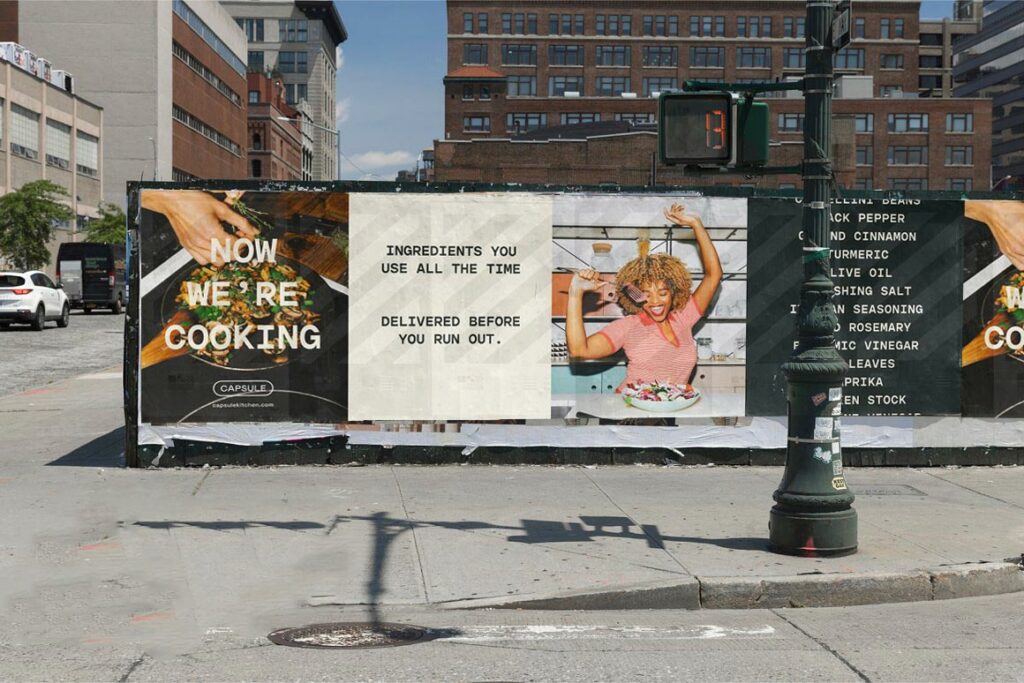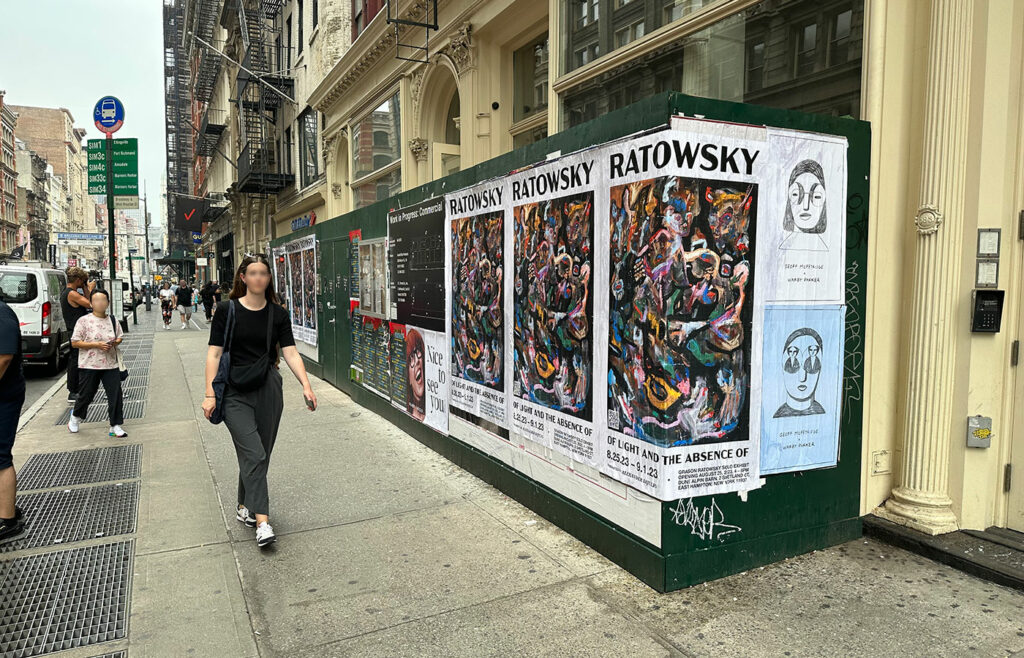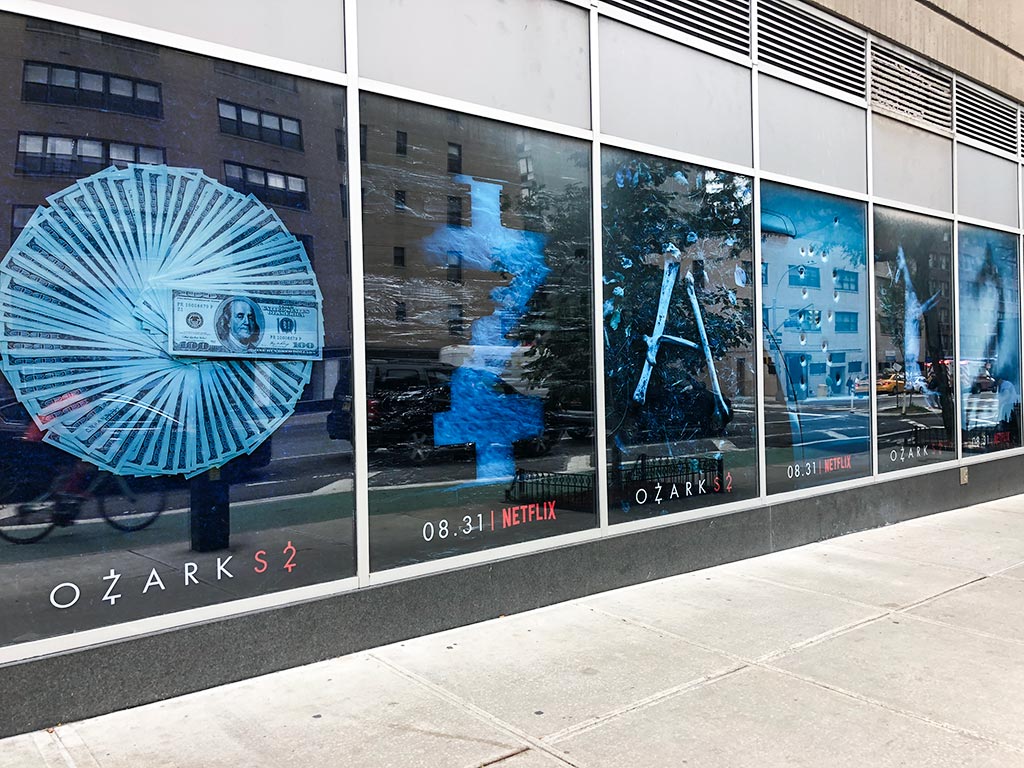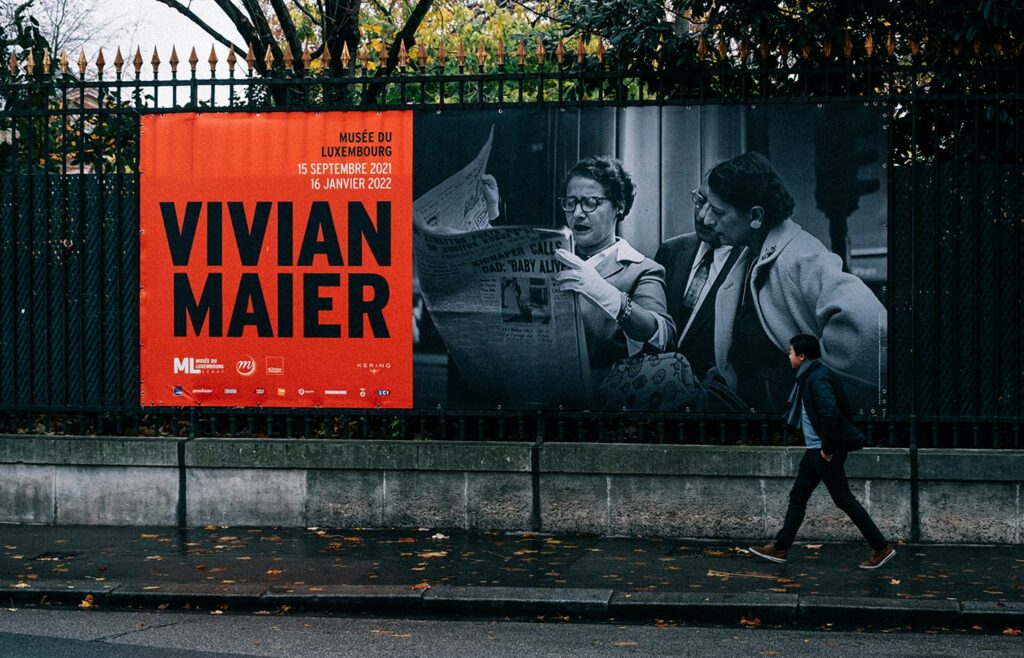Just last week, I was strolling through the streets of Brooklyn when a stunning mural caught my eye. It was a vibrant explosion of colors, depicting a bustling cityscape, created by local artist Emily Johnson. Her work reminded me how wheatpaste art, a technique steeped in history, breathes life into urban spaces. It’s not just art; it’s a statement, a voice for artists and brands alike.
Whether you’re running a marketing campaign, trying to brighten up the place with some art or doing a Government commissioned art piece, you’ll find wheatpaste posters have their place at the table in community campaigns and art spaces. To keep you up to date, we’ve put together a handy guide of the questions we normally get asked in our +20 years experience in running successful Out Of Home (OOH) marketing campaigns across the United States. We’ve seen firsthand how wheatpaste can transform spaces and narratives, and we’re here to share that knowledge with you.
In this article, we’ll take a deep dive into what wheatpaste is, how it’s made, its longevity, and much more…
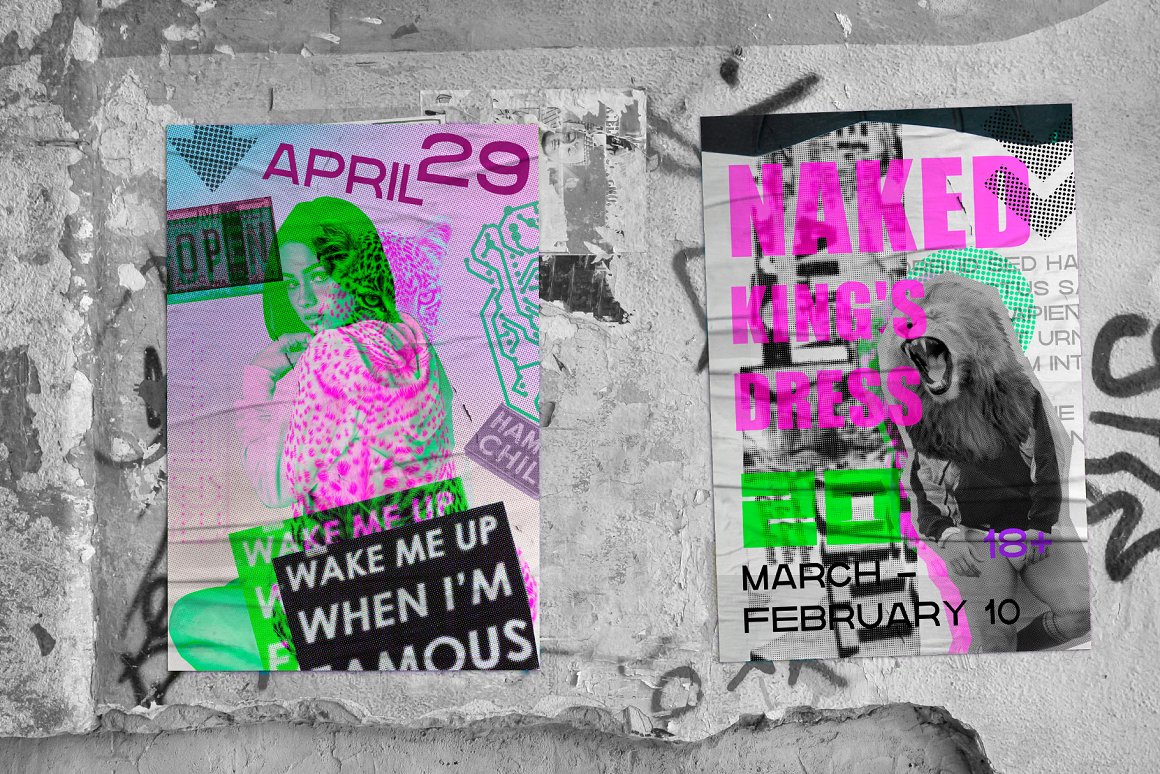
Artwork by LaVica Art
01. What is wheatpaste?
Wheatpaste, often referred to in the industry as ‘wallpaper paste’, is a gel or liquid adhesive made from wheat flour or starch and water. It has been used for centuries in various forms for different purposes, such as binding books and attaching posters to walls. Wheatpaste is known for its strong adhesion properties and ease of use.
02. How do you make wheatpaste?
Making wheatpaste requires minimal ingredients and steps. You need wheat flour, water, and optionally, a preservative like vinegar. Combine one part flour with four parts water, bring the mixture to a boil while stirring continuously, then let it cool. For added longevity, you can mix in a spoonful of vinegar.
03. How long does wheatpaste last?
When stored properly in a sealed container, wheatpaste can last up to a week in the refrigerator. However, once applied, its longevity depends on various factors like weather conditions and surface material. Typically, wheatpaste posters can last anywhere from a few days to several months outdoors.
04. How to make large wheatpaste posters?
Creating large wheatpaste posters involves designing your artwork, printing it on lightweight paper in sections, and then using wheatpaste to adhere these sections onto your chosen surface. The key is to apply a layer of wheatpaste to the surface, place your poster, then apply another layer on top to seal it.
05. How do you remove wheat paste posters?
Removing wheatpaste posters can be achieved by applying warm water and a scraping tool. The water loosens the wheatpaste, allowing you to gently scrape off the poster. Remember, patience is essential as rushing may damage the underlying surface.
06. Where can I buy wheat paste?
Wheatpaste can be purchased from various sources such as craft stores, home improvement stores, and online marketplaces like Amazon and eBay. Additionally, it can be easily made at home using readily available ingredients.
07. How do you make wheatpaste stronger?
To make wheatpaste stronger, you can add a binding agent such as PVA glue or wallpaper adhesive to the mixture. This not only enhances its sticking power but also helps in creating a more durable paste that can withstand harsh weather conditions.
08. How permanent is wheatpaste?
While wheatpaste is known for its strong adhesion, it is not permanent. Environmental factors like rain, sun, and wind can degrade wheatpaste over time. However, when applied indoors or under protective coverings, wheatpaste artwork can last for many years.
09. What is a wheat paste mural?
A wheatpaste mural is a large-scale artwork created using wheatpaste and paper. Artists design their image, which is then printed on paper, cut out, and pasted onto a wall or surface using wheatpaste. This form of street art is popular due to its ease of application and removal.
10. How do you make wheat paste prints?
Wheatpaste prints are made by applying wheatpaste to the back of a printed image and then adhering it to a desired surface. Once the print is dry, another layer of wheatpaste is applied on top to seal it. This method is commonly used in street art and guerilla marketing campaigns.
11. What is starch paste?
Starch paste is a type of adhesive similar to wheatpaste but made from starch instead of wheat flour. It is often used in bookbinding and paper conservation due to its reversible and non-damaging properties. Starch paste can be made from various types of starch, including rice, corn, and potato.
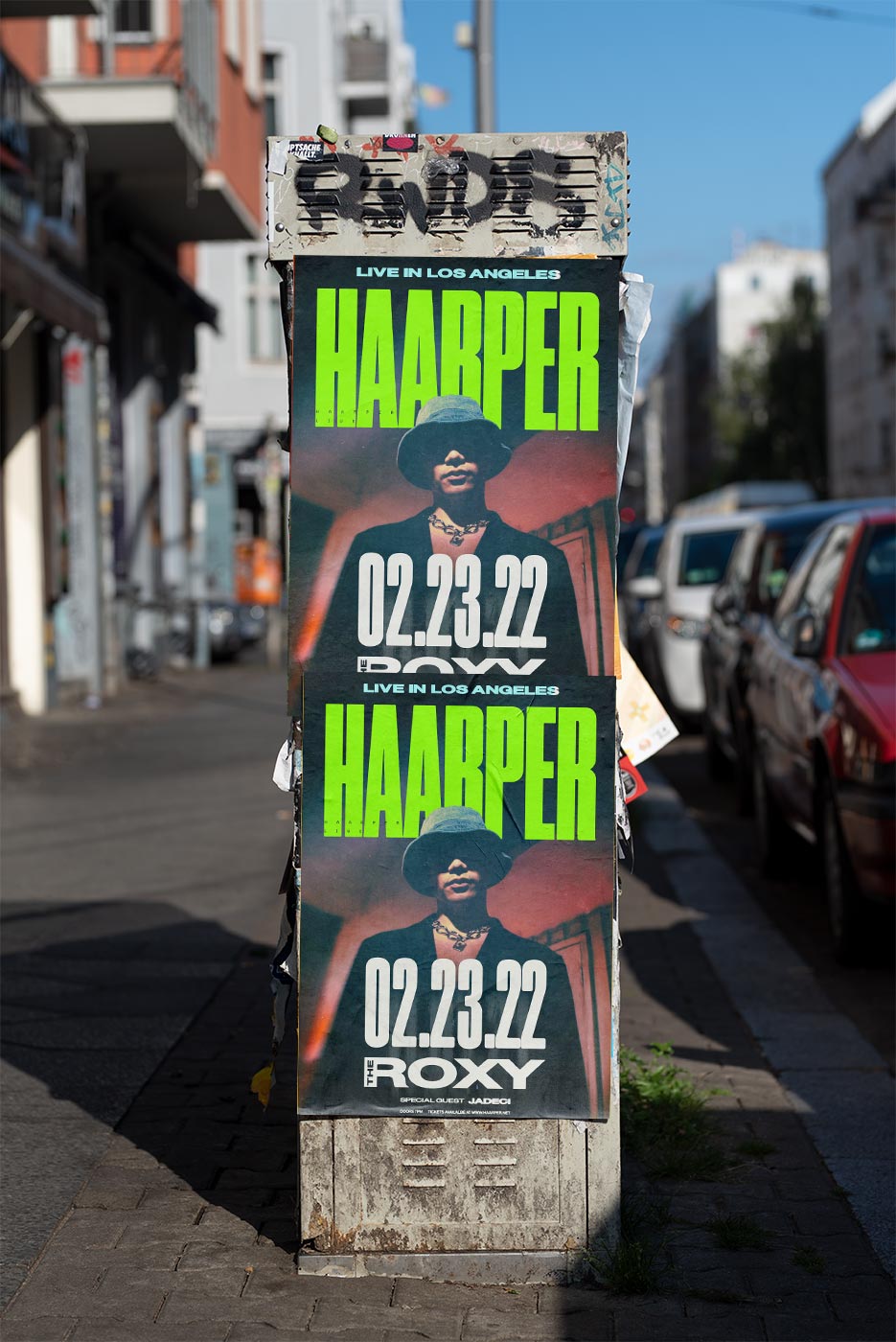
Our LA Campaign for Haarper at the Roxy in 2024. Image courtesy Wild OOH
12. Is wheat paste hard to make?
No, wheatpaste is not hard to make. It only requires wheat flour, water, and a bit of cooking. The process involves mixing the ingredients, boiling them until they form a gel-like consistency, and then allowing the mixture to cool. With these simple steps, you can create your own homemade wheatpaste.
13. What are the standard poster sizes for wheatpasting?
When it comes to wheatpasting, the size of your poster can greatly impact its visibility and overall effect. Depending on the message you want to convey and the location of your wheatpaste art, you might choose different poster sizes. According to PaperSizer the standard poster sizes commonly used in wheatpasting are 11×17, 18×24, 24×46 and 48×72.
| Poster Size | Dimensions (in inches) | Dimensions (in cm) |
|---|---|---|
| Small | 11 x 17 | 27.94 x 43.18 |
| Medium | 18 x 24 | 45.72 x 60.96 |
| Large | 24 x 36 | 60.96 x 91.44 |
| Extra Large | 27 x 39 | 68.58 x 99.06 |
| Extra Extra Large | 48 x 72 | 121.92 x 182.88 |
Dataset by PaperSizer.com
Small posters (11 x 17 inches) are perfect for areas with heavy foot traffic where viewers are close to the poster. Medium posters (18 x 24 inches) are great for more spacious locations and can be seen from a moderate distance. Large posters (24 x 36 inches) and extra-large posters (27 x 39 inches) are best suited for larger spaces, high walls, or locations where the poster can be seen from a distance.
Remember, the key to effective wheatpasting is choosing the right size for the right location. Consider the space, viewer distance, and your creative vision when selecting your poster size. If you want a more detailed look in to standard poster sizes, follow the white rabbit.
Let’s Go Pasting!
And there we have it! A complete rundown of the world of wheatpaste. From its definition to its application, its removal, and even how to strengthen it – we’ve covered it all. We hope this guide has provided you with valuable insights and practical knowledge about this versatile medium.
At Wheatpaste Posters, we’ve spent over 20 years using the power of wheatpaste in our OOH marketing campaigns. We’ve seen it capture attention, tell stories, and create unforgettable brand experiences. And now, armed with this guide, you’re ready to do the same.
Remember, wheatpaste is more than just an adhesive; it’s a tool for expression, a catalyst for creativity, and a medium for storytelling. So whether you’re planning to create your own wheatpaste mural or looking to launch a marketing campaign, the possibilities are endless. Happy pasting!

